Native American Heritage Month
Published: 11/06/2023
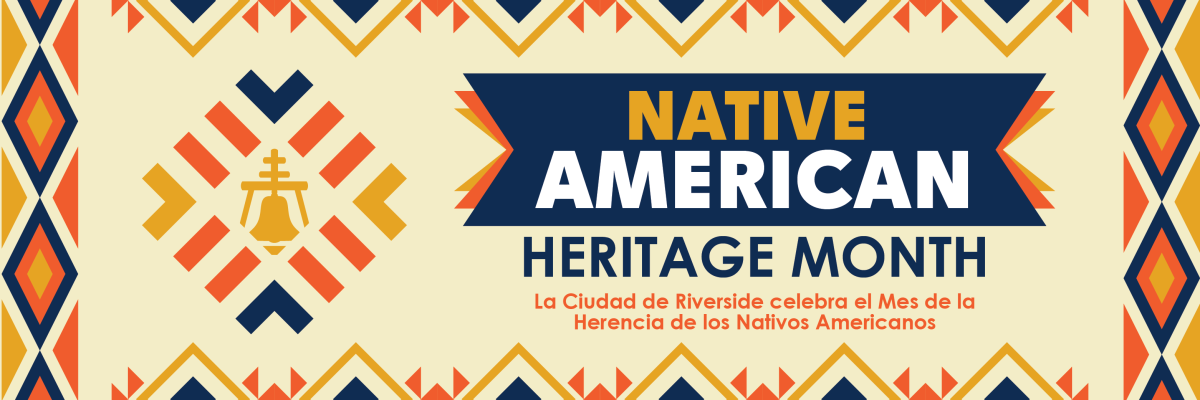
Native American Heritage Month
Every November, the United States pays tribute to the rich and diverse cultures, histories, and contributions of Native Americans during Native American Heritage Month, which was first observed federally in 1990. As we celebrate Native American Heritage Month in Riverside, join us in taking time to deeply appreciate the cultural heritage of this community and pay tribute to their contributions to the diverse fabric of American history.
The City of Riverside celebrates Native American Heritage month by honoring Native American peoples. The City stands on the traditional and ancestral lands of the Cahuilla Nation; Gabrielino-Tongva People; Payomkawichum /the Luiseño Indians; and Yuhaaviatam, clan of Maara’yam /the Serrano. For many millennia, these Native American peoples lived and thrived despite experiencing great adversity with the arrival of non-native peoples. Inland Empire Native American peoples shared a common environment and were linked through cultural practices such as basketry, bird singing, storytelling, and hunting and gathering their foods. The bird singing, of Southern California Native Americans chronicle the history of the creation and migration of the people in search for their homeland. The songs provide an oral tradition that transmits the past for future generations.
In the Native languages, the people refer to their time here as yesterday, today, and tomorrow. For the Cahuilla, it is Túku, ĺvax Túleka; for the Gabrielino-Tongva, it is Pwaana, Meteema', Hyaamte; for the Luiseño, it is Waxáam, Pitóo, Éxngay; and for the Serrano, it is Iviin, Amai', Uvai'im. Despite the hardships they have experienced, these peoples see a future offering an unknown potential for promise.
The City of Riverside supports the cultural diversity of its Native American culture bearers as expressed through art, music, stories, and traditional practices, and does so in particular through the programs and exhibitions of its Museum of Riverside. A recent Museum project, the documentary These Are Not ‘Stories’: American Indian Boarding Schools in Southern California gives voice to Southern California Natives who experienced boarding school life. As a part of the celebration of the Museum’s 100th anniversary, an exhibition to open in July of 2024, selections from the Museum’s collection of Native American artifacts will be exhibited alongside new works commissioned from Native artists stemming from the continued relationship the Museum pursues with local Native culture bearers.

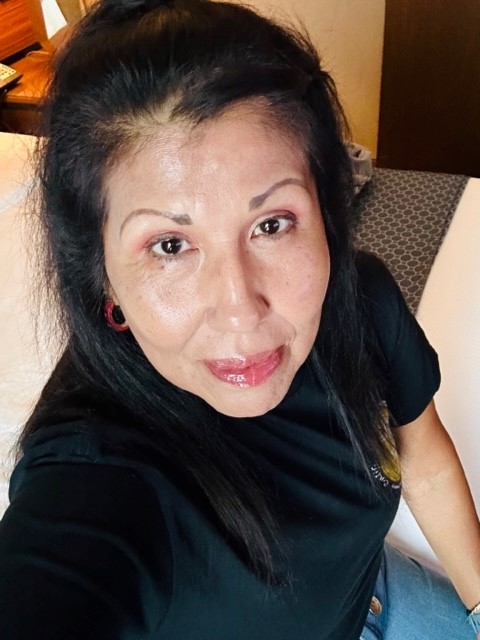
The Cahuilla Nation
Southern California’s inland basin of desert, plains, and rugged canyons south of the San Bernardino and San Jacinto mountains is home to members of the Cahuilla Nation, comprised of nine federally recognized bands:
- Aqua Caliente Band of Cahuilla Indians
- Augustine Band of Cahuilla Indians
- Cabazon Band of Mission Indians
- Cahuilla Band of Indians
- Los Coyotes Band of Cahuilla and Cupeno Indians of the Los Coyotes Reservation
- Morongo Band of Mission Indians
- Ramona Band of Cahuilla Indians
- Santa Rosa Band of Cahuilla Indians
- Torres Martinez Desert Cahuilla Indians
Tribal members follow traditional Cahuilla practices that reflect their heritage. This is demonstrated by the complex basketry of some of the basket makers. New work by contemporary basket maker Rose Ann Hamilton, a member of the Cahuilla Band of Indians, will be part of the Museum of Riverside’s 100th anniversary exhibition. Her inspiration for this work is her great-grandmother, Antonia Casero. Ms. Hamilton first saw her ancestor’s woven basket hat when it was on loan from the National Museum of the American Indian for the 2014 Museum of Riverside exhibition, Cahuilla Continuum: Yesterday, Today and Tomorrow.
Rose Ann Hamilton learned the art of basket making from renowned Cahuilla basket maker Donna Largo. Ms. Hamilton carries on this Southern California Native American tradition sharing her passion and art by teaching and inspiring future generation of basket makers.

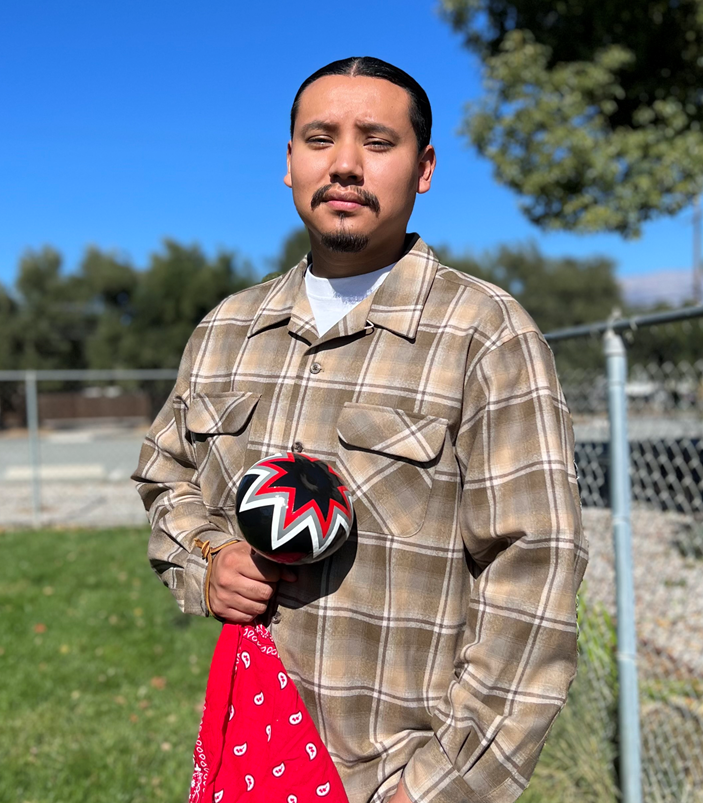
Payomkawichum /Luiseño People
The Luiseño traditional lands extend from the coast inland to Riverside. They too utilized this region for hunting, gathering, fishing, and cultural practices. There are six federally recognized Luiseño bands:
- La Jolla Band of Luiseño Indians
- Pala Band of Mission Indians
- Pauma Band of Luiseño Indians
- Pechanga Band of Indians
- Rincon Band of Luiseño Indians
- Soboba Band of Luiseño Indians
Southern California Native Americans have preserved their culture and history in many ways. Bird singing is one of these rich cultural traditions. Bird songs chronicle the history of Southern California Native American peoples, including their creation and subsequent journeys in search of their homelands. Songs are sung to remind people of their history and are passed down through generations. They also document the importance of Waxáam Pitóo Éxngay (yesterday, today, and tomorrow) for the Luiseño people. Bird singers usually accompany their songs with the sounds of a gourd rattle.
Anthony Vallez of the Soboba Band of Luiseño Indians sings the bird songs, sharing and preserving his heritage for his people and others. He sang bird songs as a child and resumed in 2016. He creates the gourd rattles that he uses to sing. Anthony sings with “D C Bird” along with lead singer Mike Mirelez of Torres Martinez Desert Cahuilla Indians. He has been commissioned by the Museum of Riverside to create a gourd rattle for the Museum’s 100th anniversary and record a bird song using the rattle.

Serrano
Serrano people belong mainly to San Manuel, Morongo, and other federally recognized tribes. The Serrano people call themselves Taaqtam, or People. The Maara’yam are “people from the Morongo area (the Desert)” and Yuhaaviatam are “People of the Pines (San Bernardino Mountains).” Serrano traditional homelands generally include these mountains, desert, and a wide area of Southern California. The homelands provided them for centuries with a wide range of food and living resources and remain important to them to this day.
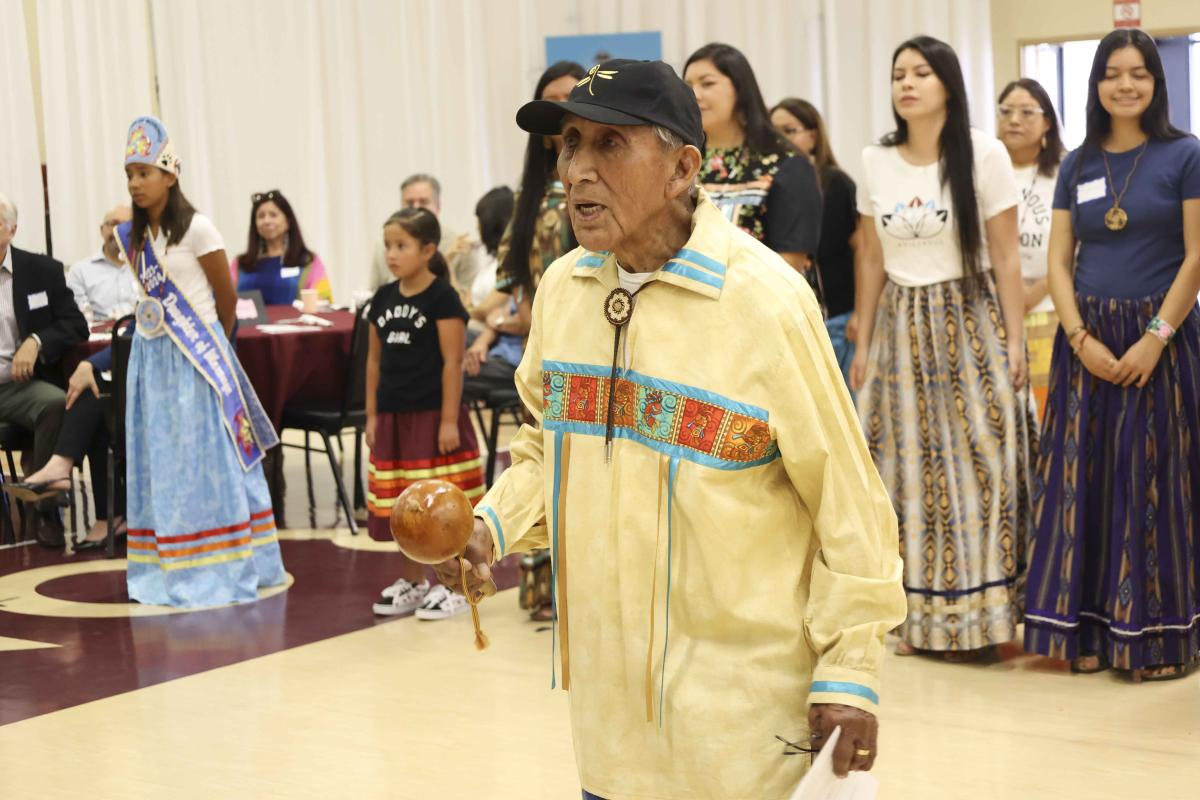
Cahuilla-Serrano Elder Ernest Siva has made major contributions to Serrano culture throughout his life. His language preservation, stories, knowledge of bird songs and other traditional Southern California Indigenous music, save and share Serrano and other Southern California Native American cultures for future generations. Ernest Siva has been culture adviser and historian since 1996 for the Morongo Band of Mission Indians. He and his wife, June, founded the 501c3 nonprofit Dorothy Ramon Learning Center in 2003 to save and share Southern California Native American cultures, languages, history, and traditional arts. His commitment to preserving the Serrano language has helped keep it alive and start thriving. Ernest Siva is a sharer of stories and keeper of cultural traditions, passing them onto future generations. He embodies the Serrano words, Iviin, Amai’, Uvai’ium, yesterday, today, and tomorrow.

Tongva People
Historically, the Tongva people, also known as the Gabrielino-Tongva, lived within what is now the County of Los Angeles. Food, trade, and cultural purposes brought them east to Riverside. The Gabrielino-Tongva people received state recognition in 1994, acknowledging their maritime heritage and contributions to the state of California. The Tongva village sites in the region are still being identified, and recommendations for their preservation are ongoing.
For the 100th anniversary exhibition, the Museum commissioned Tongva artist and activist River Garza of the Tongva People to create a work of art in which he will incorporate aspects of his heritage and important issues that the Tongva people face.
My artistic practice is inseparable from my Tongva heritage. I am an amalgamation of centuries of resistance, forced assimilation, and resettlement, and my work reflects those disjointments of memory, tradition, and identity. My practice focuses on how differential treatment under settler governments construct indigenous identities. I employ physical layers of cultural artifacts in my work such as oil, spray paint, pen, and Western magazine cutouts, which integrate Tongva ancestral iconography and contemporary experiences. My work acts as a critique of settler capitalism while exploring how the literal and metaphoric layers of colonialism add weight to contemporary indigenous identity that is both painful and a source of creativity.” (River Garza, 2023)
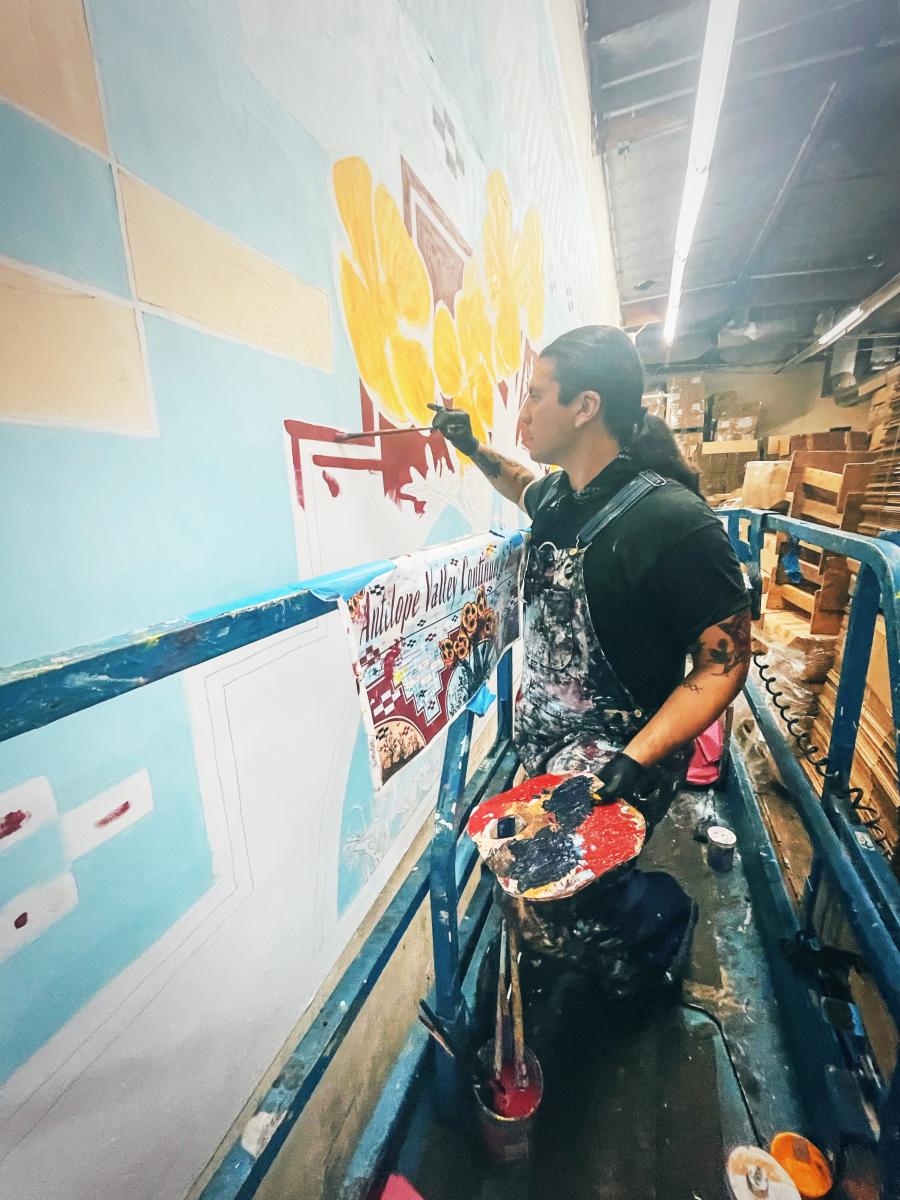
Through his finished canvas, Garza will participate in the continuum of the Tongva people’s culture and immense impact on this region Pwaana, Meteema', Hyaamte, (yesterday, today, and tomorrow).
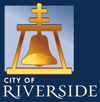

.png)